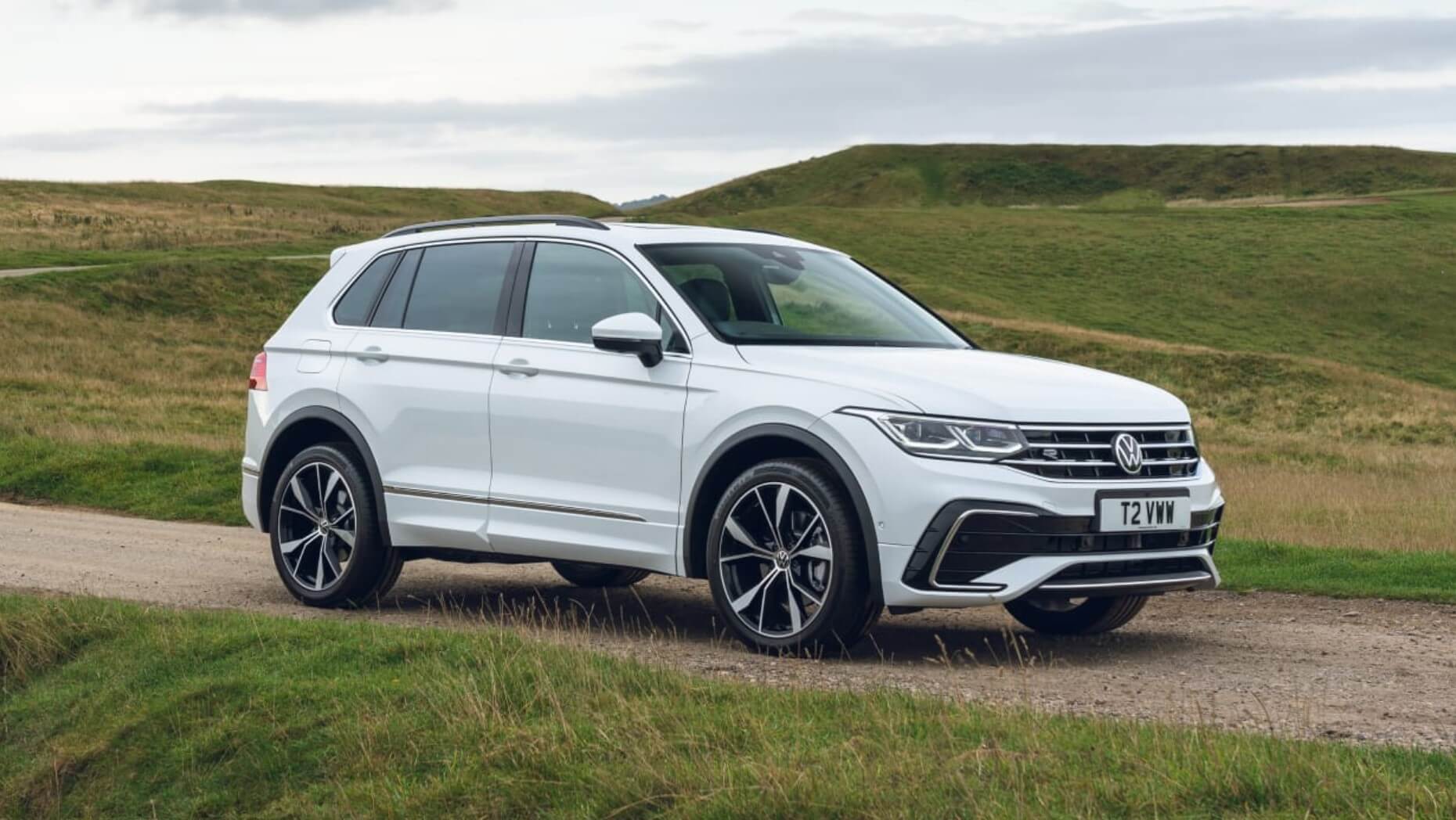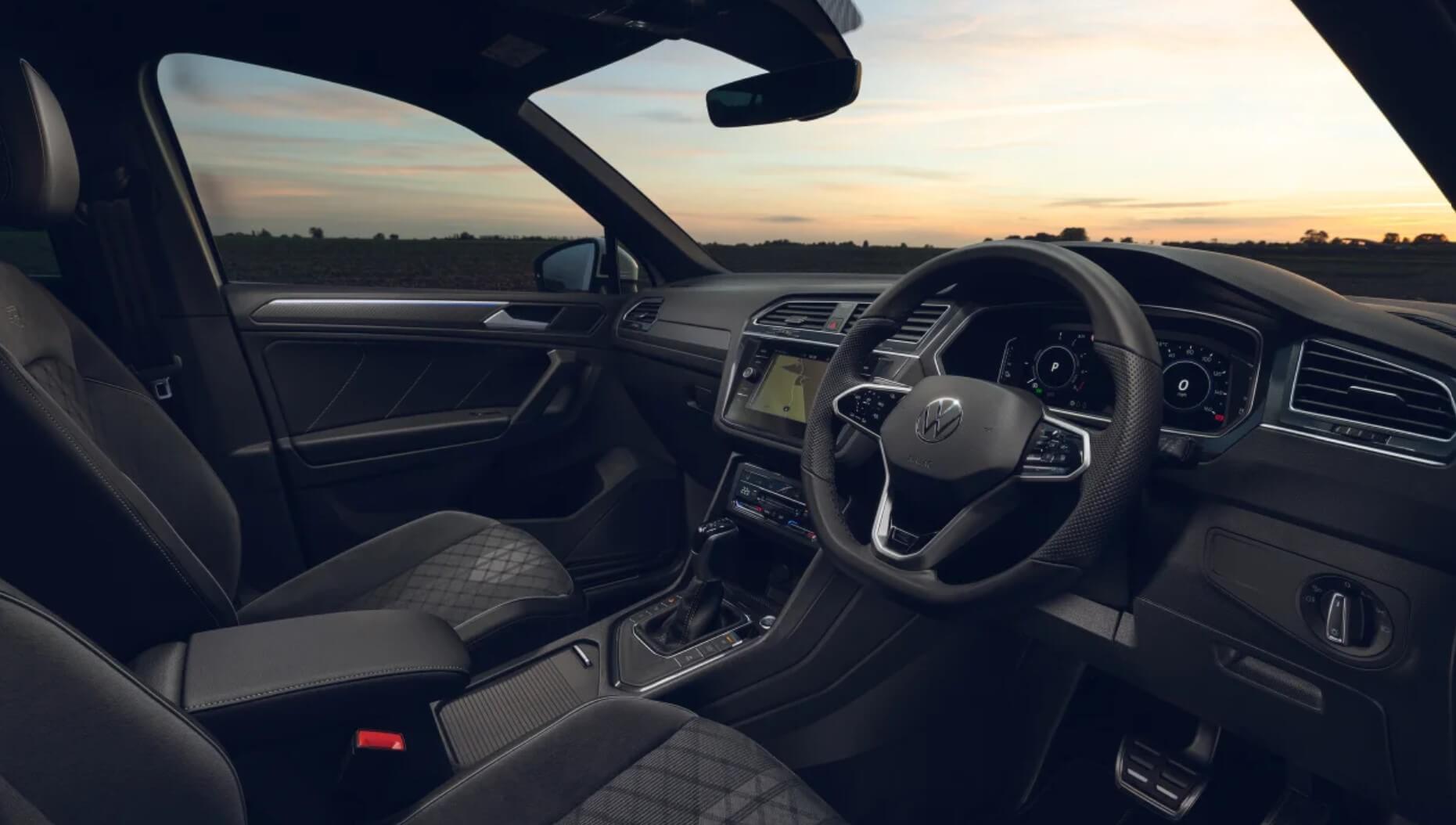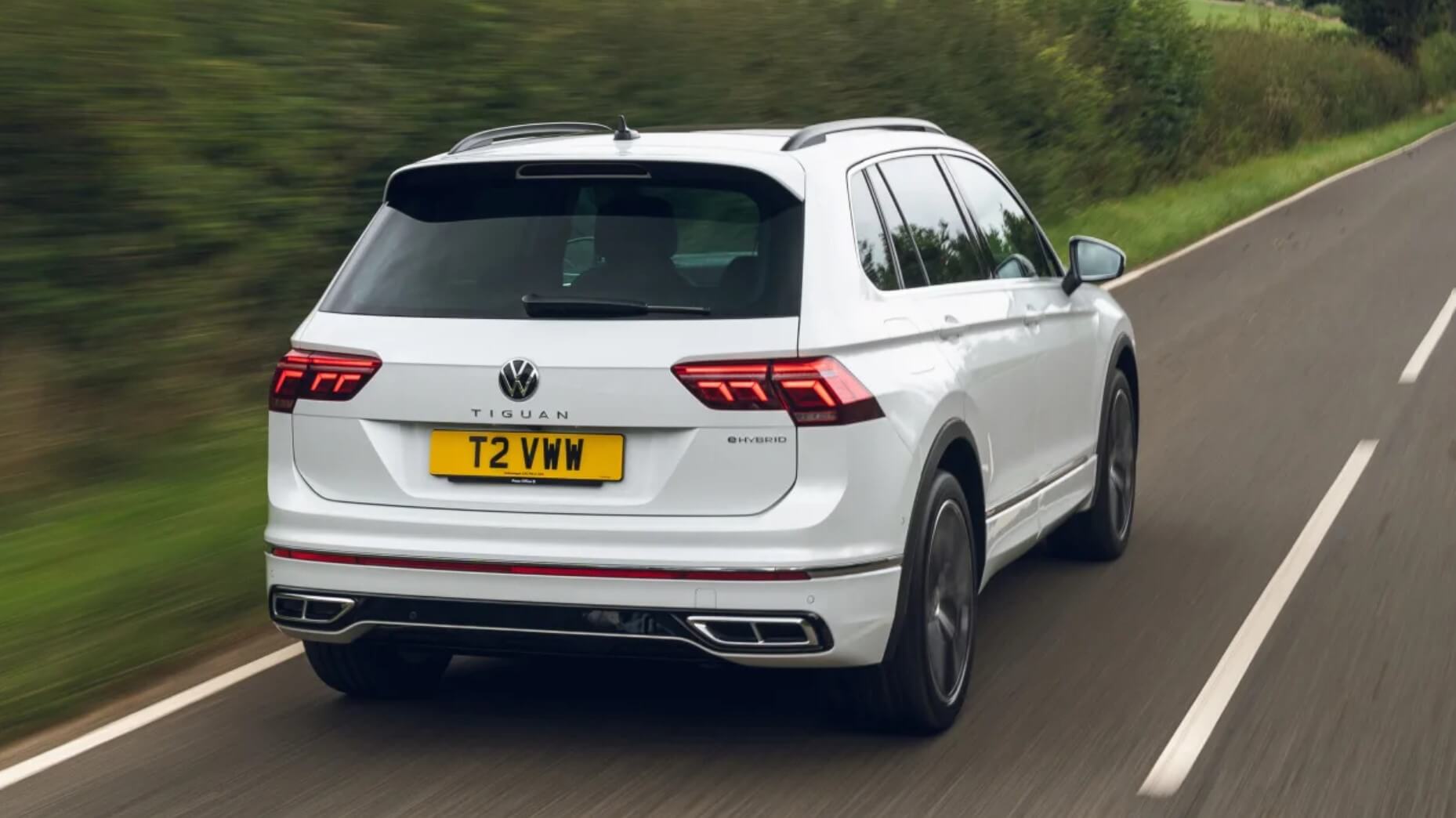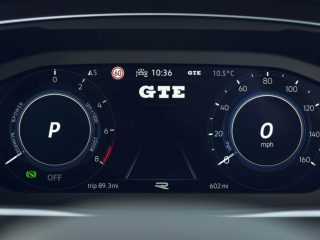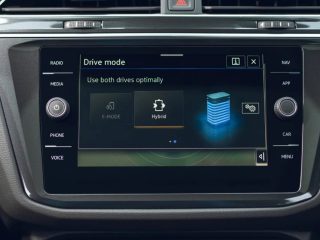We test drive the latest iteration Volkswagen Tiguan eHybrid to see how it might compete in the mid-size Australian plug-in hybrid SUV segment.
The Tiguan is hugely popular for Volkswagen around the globe, so it’s no wonder that the Tiguan eHybrid has had a mid-life update since we first drove it. The revisions brought new lights and bumpers, as well as fresh tech and new derivatives, including a performance-focused Tiguan R, and this, the plug-in Tiguan eHybrid.
While it’s not available – nor even confirmed – in Australia yet, the local arm of Volkswagen remains keen to introduce the Tiguan PHEV down under. It makes sense considering there’s no gap between the current non-hybrid models and the incoming electric ID line-up.
Cars such as this PHEV are becoming increasingly important for manufacturers like Volkswagen. While the ID 3 and ID 4 EVs are among the best in their class, many people aren’t quite ready to make the switch to pure electric yet, and models like the Tiguan eHybrid represent the perfect stepping stone to pure-EV. They’re a halfway house that allows buyers to experience the many benefits of electrification, without worrying about issues like range and charging – even if these are being improved at an incredible rate with the latest EVs.
VW claims the Tiguan eHybrid will do around 48km on a charge, though in colder weather in the UK our car showed 40km on a full battery. Overall fuel economy will vary wildly depending on your usage and how often you charge, but 8L/100km is a realistic combined figure once the electric range has been depleted. Topping up is easy, and even a household three-pin plug will do the job in five hours.
The car itself looks and feels very familiar; the only tell-tale signs that this is the eHybrid version are the charge port on the front wing and the relatively subtle badges on the bodywork. The cabin is nicely made and full of technology, and almost indistinguishable from the normal Tiguan’s, save for a few bespoke menus and a “GTE” button beside the gear lever.
Except this isn’t a GTE at all. Unlike the flagship Golf hybrid, this Tiguan is designed to sit alongside the standard versions rather than as a standalone model in its own right.
The biggest disappointment isn’t the Tiguan’s outright pace, or even the way it switches between electric and petrol power, as it is in many plug-in hybrids.
On the contrary, it handles the transition quite smoothly. Instead, it’s the lethargic automatic transmission, which can take an age to kick down when overtaking, or to engage when pulling away.
Where the instant power from the electric motor can often disguise a turbocharged engine’s flat spots, this hesitancy can make the car feel quite ponderous. It pays to be careful with your throttle inputs, then; do so and the Tiguan takes on a much more amenable character and is more in keeping with its efficiency-focused approach.
Gentle driving is the name of the game, which is a shame, because the Tiguan still handles relatively well. True, a Ford Escape is more fun, but the VW’s steering is direct and its body control is good. There’s a B mode for the transmission, which gently feeds energy back into the battery through the motor’s regenerative braking when you lift off the throttle.
The ride is a little harsh on this R-Line model’s 20-inch wheels, but we expect the smaller rims on the entry-level version will improve things. Even on big wheels, though, the refinement proves impressive for a car in this class.
Otherwise, near enough everything we like about the standard Tiguan remains present in this plug-in model. The cabin is a little dull, but the list of standard equipment is generous. All variants offered overseas are anything but basic, with LED lights, digital dials and a central touchscreen with navigation, plus Apple CarPlay and Android Auto.
Higher up the range, there are heated seats, 30-colour ambient lighting, and keyless entry, and the R-Line swaps chrome trim for body-coloured cladding.
One thing you will have to compromise on, however, is luggage space. The eHybrid’s boot is smaller than the standard car’s; the 615-litre capacity shrinks to 476 litres, largely due to the placement of the plug-in hybrid’s battery. Nevertheless, the load bay is still a decent shape and size, and there’s enough room in the back seats for adults to get comfortable.
The Volkswagen Tiguan is a hugely popular family SUV, however, the PHEV powertrain isn’t as accomplished as some rivals and if a big boot is a priority, the standard petrol Tiguan still makes a lot of sense.
Richard Ingram




